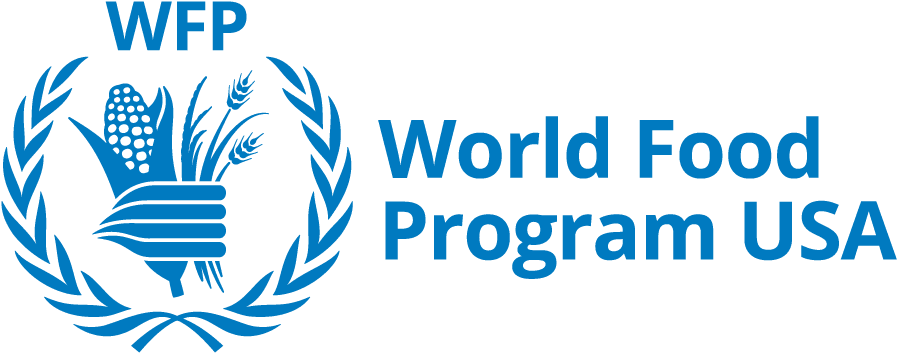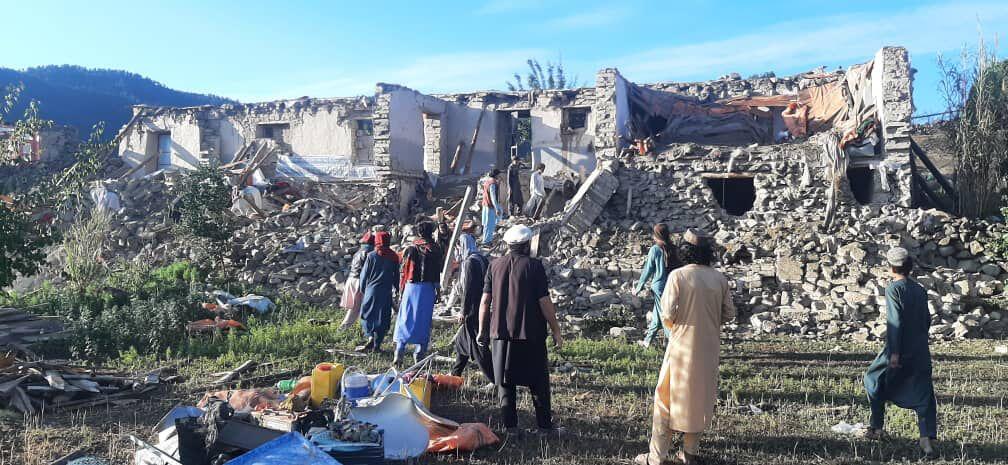Q&A with Afghanistan Country Director
WFP is committed to staying the course in Afghanistan as long as it is possible to deliver assistance to the Afghan people while ensuring the safety of our staff.
WFP has been in Afghanistan for more than 60 years and despite security and logistics challenges, is on the ground working with partners to get food to those most in need.










